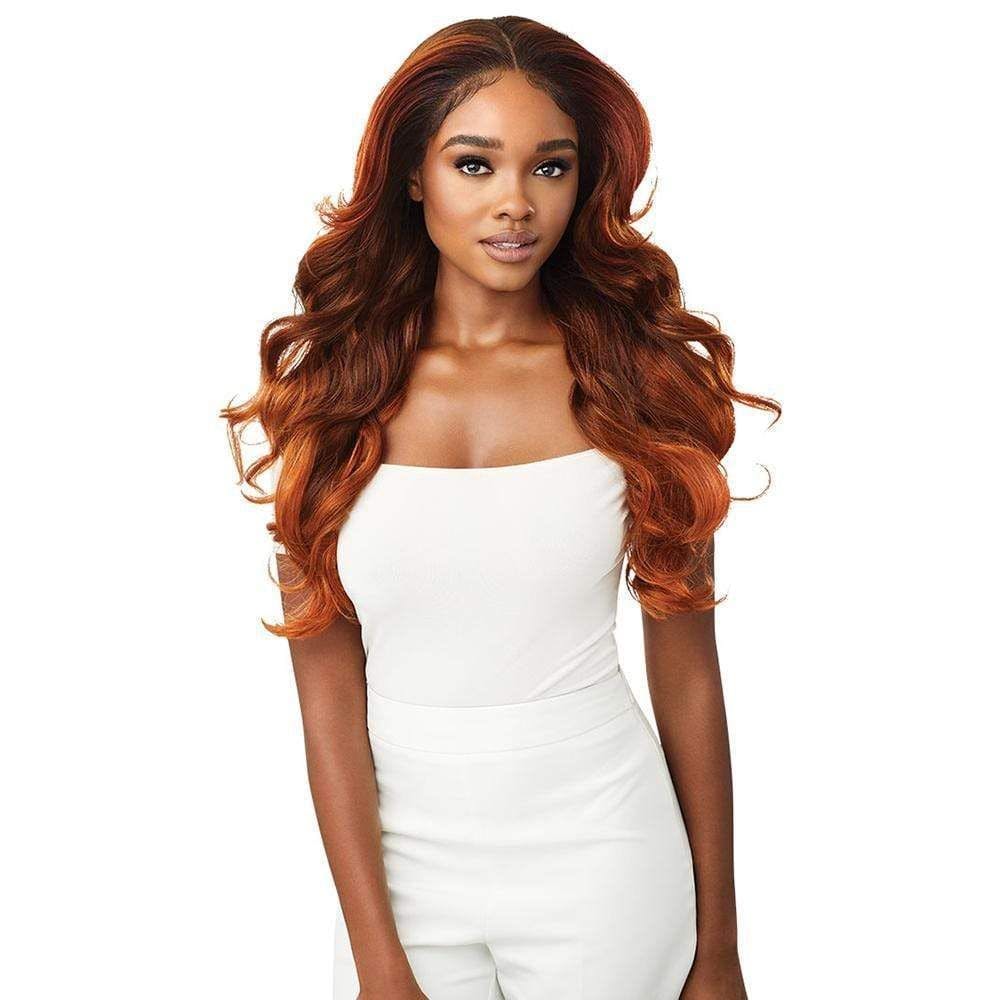Wigs have been a fashion and beauty mainstay, allowing people to experiment with numerous hairstyles without permanently modifying their natural hair. Traditional wigs and lace front wigs are two of the most popular styles of wigs available.
In this post, we’ll look at the qualities and distinguishing aspects that distinguish these two types of wigs, allowing you to make an informed selection when selecting the appropriate wig to complement your style.
Traditional Wigs
Traditional wigs are the more traditional option and are well-known for their durability and cost. These wigs are often made from synthetic fibers or natural human hair, offering various options to suit various budgets and preferences. Traditional wig cap construction might include wefted, hand-tied, or monofilament caps.
Traditional wigs have been the go-to solution for many years but have certain disadvantages. The cap construction might limit styling adaptability, making producing natural-looking hair partings and updos challenging. Despite this, conventional wigs are a good choice for people looking for a low-cost option for special occasions or occasion wear.
Lace Front Wigs
The lace material at the front of the wig, which simulates the appearance of a natural hairline, is the essential element that differentiates them. This thin, sheer lace helps wearers to perfectly merge the wig with their skin, providing a wonderfully lifelike appearance. The rest of the wig is made of synthetic fibers or human hair, giving wearers various options for a specific texture or style.
Lace front wigs provide exceptional styling freedom because the wearer can part the hair in any direction and style it away from the face. This makes lace front wigs an excellent alternative for people who want a natural-looking, everyday wig that can be styled in various ways.
Hair Styling Versatility
Lace front wigs outperform regular wigs in terms of styling. The lace front design creates a more natural hairline, making the wig nearly unnoticeable. This implies that users can securely wear their lace front wigs in various hairstyles, including updos, ponytails, and half-up, half-down looks. On the other hand, traditional wigs may provide a different amount of realism regarding the hairline, making specific haircuts appear less natural.
Comfort and Breathability
The lace material in the front allows for better airflow, preventing suffocation of the scalp. As a result, lace front wigs are lighter and more comfortable, particularly in hot weather. With their denser cap design, traditional wigs may feel heavier on the head and cause discomfort if worn for an extended period. Additionally, some wearers may develop scalp irritation due to the materials used in traditional wigs.
Natural Look and Realism
The lace front produces the illusion of hair sprouting directly from the wearer’s head, resulting in an invisible hairline. This realism is more challenging to accomplish with traditional wigs because their hairlines are sometimes more apparent. Wearers of lace front wigs can safely draw their hair back or away from their faces without showing that they are wearing a wig.
In Conclusion
When deciding between a regular wig and a lace front wig, keep your preferences, budget, and desired level of realism in mind. Traditional wigs are a low-cost choice for occasional use, whereas lace front wigs provide a more natural appearance and greater style freedom for daily wear.
Whether you choose a traditional wig for its classic charm or a lace front wig for its seamless realism, both options allow you to experiment with different haircuts and embrace your style.


Comments are closed.